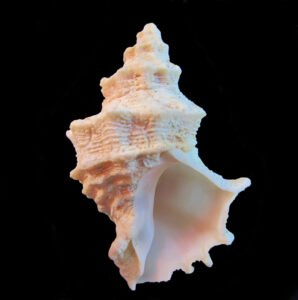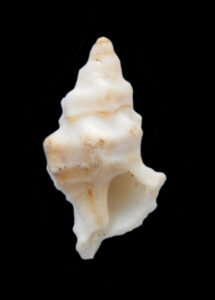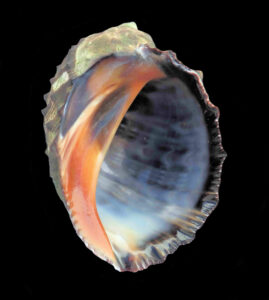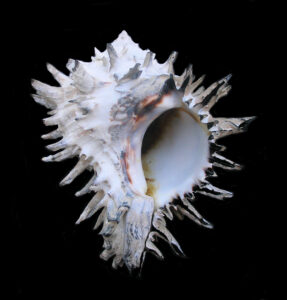 Ambiguous Murex Shell
Ambiguous Murex Shell
Muricanthus ambiguus
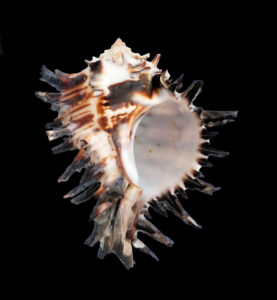 Black Murex Shell
Black Murex Shell
Muricanthus nigritus
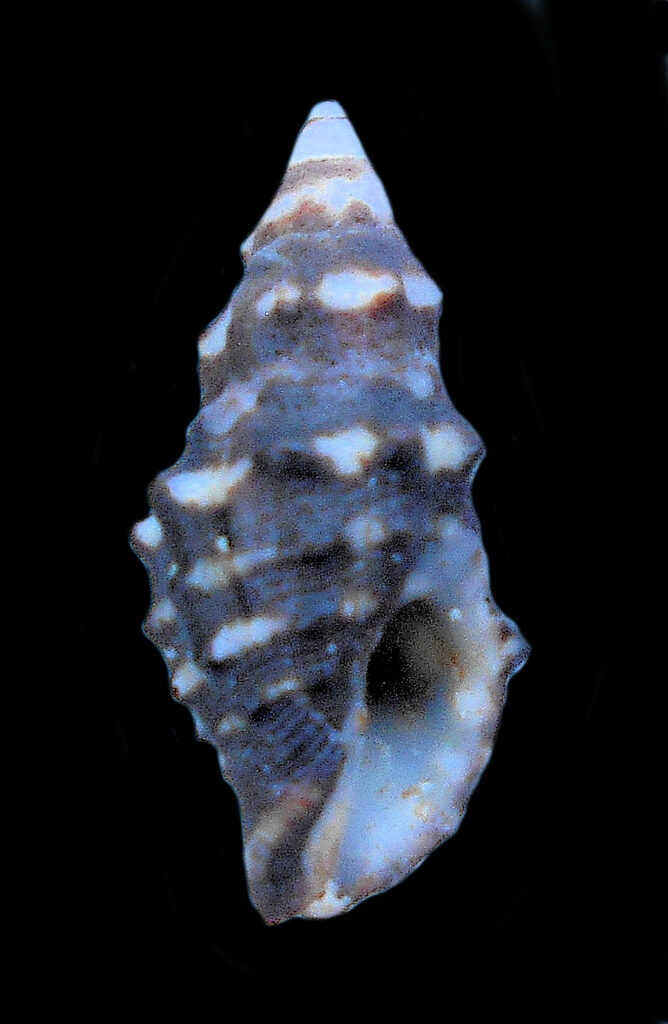 Blackberry Drupe Shell
Blackberry Drupe Shell
Claremontiella nodulosa
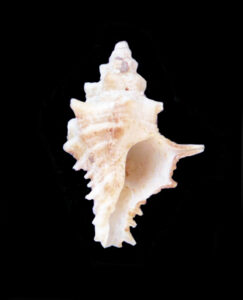 Broderip’s Thistle Trophon Shell
Broderip’s Thistle Trophon Shell
Acanthotrophon carduus
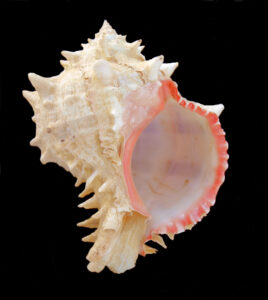 Cabbage Murex Shell, Hexaplex brassica
Cabbage Murex Shell, Hexaplex brassica
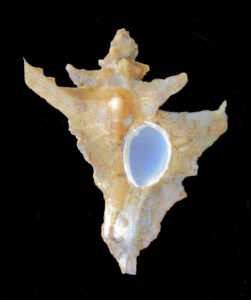 Centrifugal Murex Shell
Centrifugal Murex Shell
Pteropurpura centrifuga
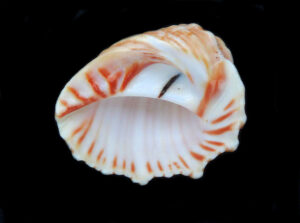 Eye-of-Judas Shell
Eye-of-Judas Shell
Tribulus planospira
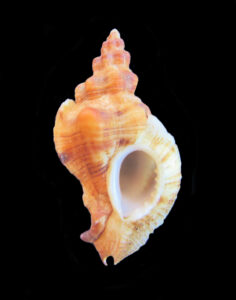 Festive Murex Shell
Festive Murex Shell
Pteropurpura festiva
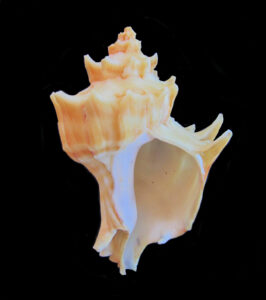 Giant Forreria Shell
Giant Forreria Shell
Forreria belcheri
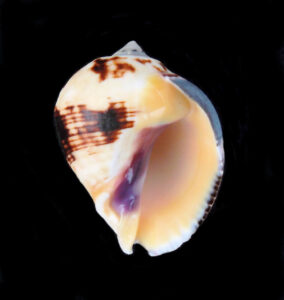 Gourd Rock Shell
Gourd Rock Shell
Vasula melones
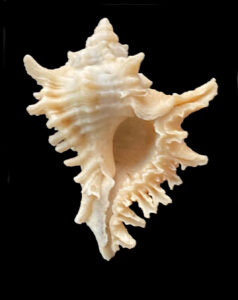 Humilis Murex Shell
Humilis Murex Shell
Favartia humlis
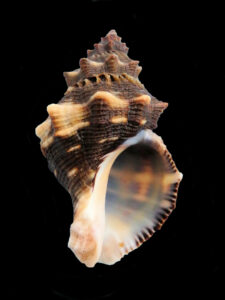 Kiosque Rock Shell
Kiosque Rock Shell
Thaisella kiosquiformis
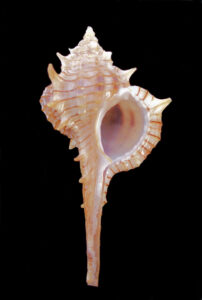 Long-spine Murex Shell
Long-spine Murex Shell
Vokesimurex recurvirostris
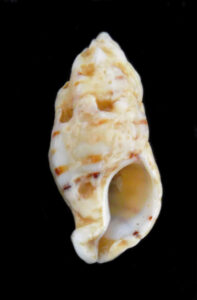 Obelisk Murex Shell
Obelisk Murex Shell
Dermomurex obeliscus
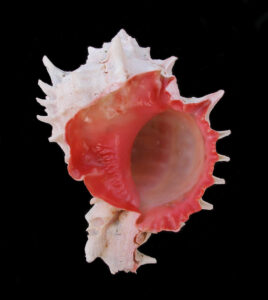 Pink-mouth Murex Shell
Pink-mouth Murex Shell
Phyllonotus erythrostomus
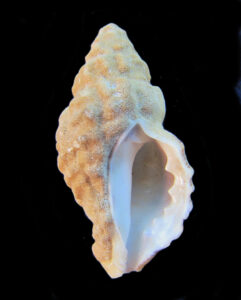 Poulson’s Rock Shell
Poulson’s Rock Shell
Roperia poulsoni
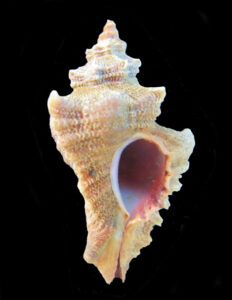 Prickly Wing Murex shell
Prickly Wing Murex shell
Pteropurpura erinaceoides
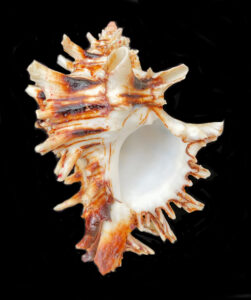 Prince Murex Shell
Prince Murex Shell
Hexaplex princepes
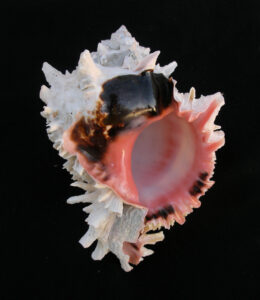 Royal Murex Shell
Royal Murex Shell
Phyllonotus regius
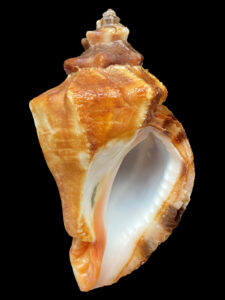 Rugged Vitularia, Vitularia salebrosa
Rugged Vitularia, Vitularia salebrosa
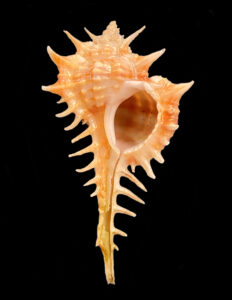 Ruthae Murex Shell
Ruthae Murex Shell
Vokesimurex ruthae
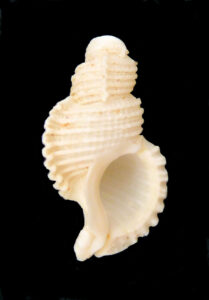 Scaled False Triton Shell
Scaled False Triton Shell
Phyllocoma scalariformis
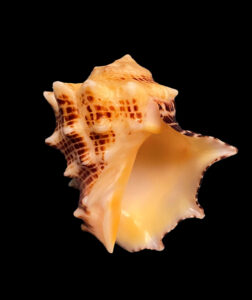 Speciosa Rock Shell
Speciosa Rock Shell
Vasula speciosa
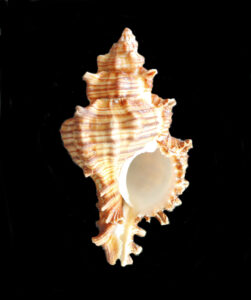 Teasel Murex Shell
Teasel Murex Shell
Murexsul dipsacus
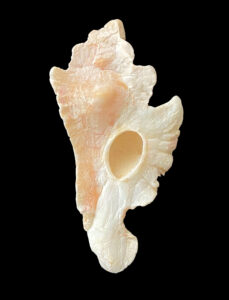 Three-winged Murex Shell
Three-winged Murex Shell
Pteropurpura trialata
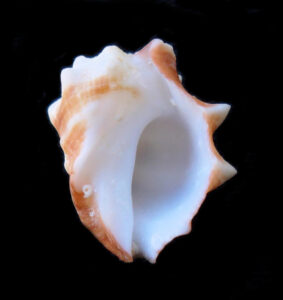 Triangular Rock Shell
Triangular Rock Shell
Acanthais triangularis
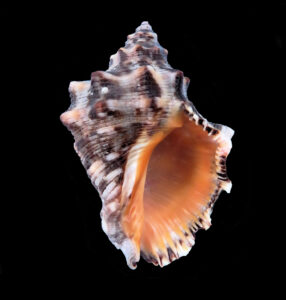 Two-row Rock Shell
Two-row Rock Shell
Stramonita biserialis
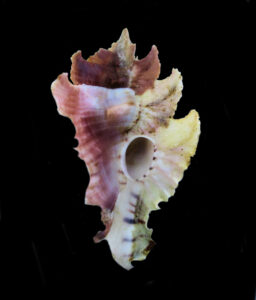 Webbed Murex Shell
Webbed Murex Shell
Purpurellus pinniger
The Rock Shell of the Muricidae Family are often called Murex Shells (plural Murexes or Murices) which stems from the Greek root meaning “purple fish”. Rock Shells range from small to large in stature, they may be of thin or solid construction, and some are elongated and others are more globose. Many of the Rock Shells are some of the most intricately sculpted shells known. They often have a diamond-shaped outline, with a wide body whorl, a short to moderate spire, and a long siphonal canal. These shells often have numerous spines or “wings” running along their varices. The varices are thick ribs that run the length of the shell that form from the thickening of the shell’s outer lip, during periodic rest in the shell’s growth periods.
Most shells are white and various shades of brown, or black. Only a few are brightly colored but despite the lack of bright colors, these shells are often striking in their coloration and in high demand by shell collectors. Rock Shells have oval, corneous operculum; they do not have a periostracum. Scientists use the shape of the radula to differentiate between similar looking species.
Rock Shell are predators, primarily consuming bivalve mollusks. They use a combination of a toxic enzyme that they secrete, to soften the bivalve shell, and their radula to drill or chip a hole into the bivalve. Most of the drill holes are at the bivalve’s margin, where their shell is most vulnerable. Rock Shells drill holes are rougher and more irregular than those from Moon Snails and other predatory snails. Once the hole is drilled, Rock Shells inject a neurotoxin to kill them which also facilitates shell opening. Some Rock Shell species have a tooth on their outer lip that is used to assist the shell opening of their prey. Rock Shells are also known to eat barnacles, coral polyps and gastropods. In turn Rock Shells are preyed upon by crabs, fish, and other predatory mollusks.
The majority of Rock Shells live on and within coral, gravel and rock substrate. Some, deeper water species, are found on and within sand or mud terrain. Shells of the Muricidae Family are found in the intertidal zone to depths in excess of 2,000 m (6,600 feet) and found worldwide, in tropical and temperate seas. The Muricidae Family of Rock Shells is currently considered the largest Family of marine snails, with over one thousand six hundred individual species of which forty-eight species are found in coastal waters of Baja Peninsula.
A few of the Rock Shells have been used commercially to produce a dark purple dye. From early historical times, Mediterranean cultures have utilized the dye found in these snails for dying cloth. Clothes, for example, dyed with Royal Purple or Tyrian Purple were considered very valuable. The native populations along the West Coast of Mexico have similarly used the dye from Rock Shells for at least five hundred years.
